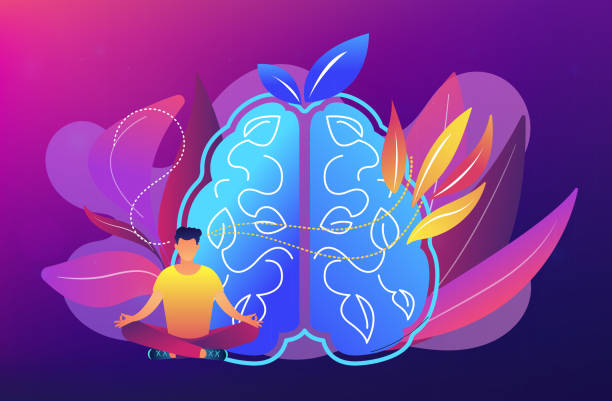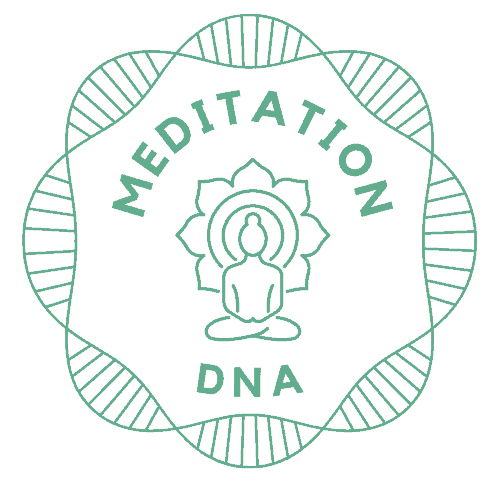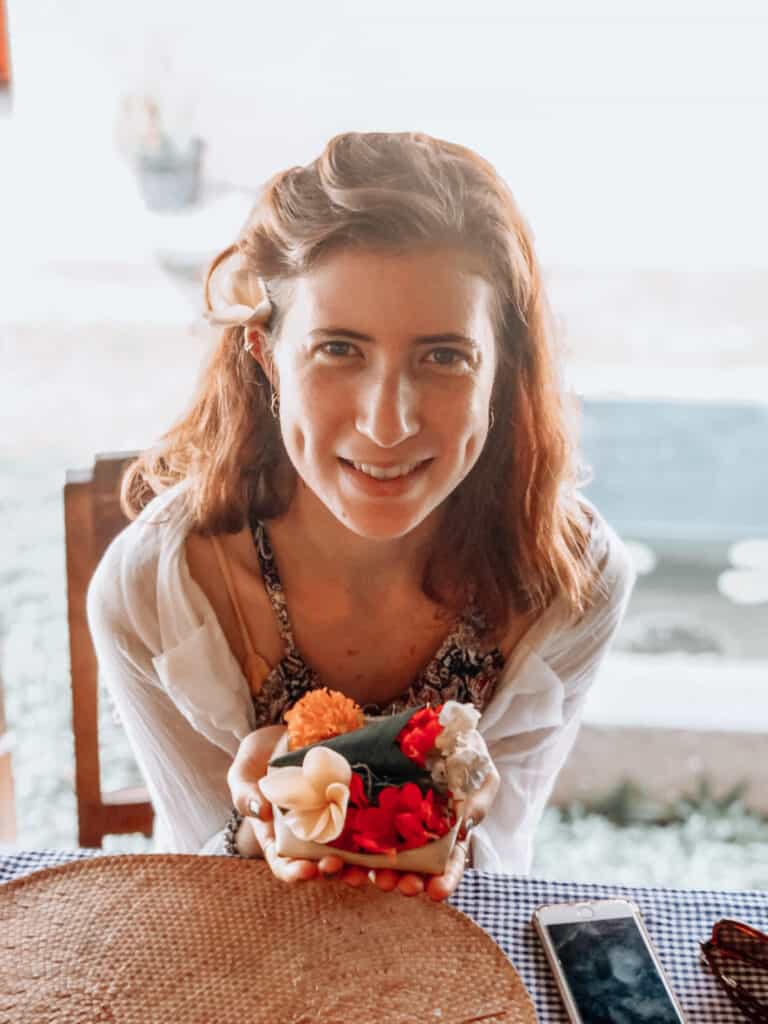How can I get started with mindfulness? Where should I focus my attention? What methods do I need to try? In this article, we cover tips on mindfulness where to start.

Tips & Tricks To Enhance Your Mindfulness Practice Wherever You Are
Mindfulness seems like a new buzzword these days but people have been practicing it for centuries.
The term “mindfulness” describes a state of being present in the moment without judgment. Instead of focusing only on our thoughts, we focus on a single action like breathing. We stay focused on what is happening right now rather than worry about the past or future.
Although most research has focused on meditation, mindfulness can apply to just about everything—from eating healthy to exercising to talking to someone. By learning how to cultivate mindfulness throughout each day, you can increase productivity, decrease stress, improve health, and even develop compassion for others.
Mindfulness is defined as paying deliberate awareness to our thoughts, emotions, sensations, or behaviors. It is considered a skillful way to direct our attention inwardly towards ourselves rather than outwardly toward external stimuli. This practice helps us notice things and learn from them.
Mindfulness exercises offer a safe space to explore life, allowing us to develop compassion for ourselves and others. When practicing mindfulness you will find that the more you are aware of your feelings and sensations, the less reactive you become in relation to the world around you. Ultimately, this leads to greater peace and happiness!
In this article, we share 22 tips on how to begin practicing mindfulness today. Here are 22 simple strategies that will help you enhance your mindfulness practice wherever you happen to be (work, play, shopping, commuting, dining).
mindfulness where to start – What is mindfulness?
Mindfulness is the natural ability to be present, and aware of where you are and what you’re doing. You can be mindful anytime, anywhere, but you must practice it regularly. When you practice mindfulness, you’re training your brain to be more efficient. Your brain changes physically as a result. Mindfulness is a practice that helps people be aware of what is going on inside them. This awareness allows people to understand how their thoughts affect their emotions and behavior.
Whenever you bring awareness to what you’re directly experiencing via your senses, or to your state of mind via your thoughts and emotions, you’re being mindful. And there’s growing research showing that when you train your brain to be mindful, you’re actually remodeling the physical structure of your brain.
Source: (mindful.org)
Mindfulness and meditation often get confused. So to clear things up what is the difference between mindfulness and meditation?
Mindfulness vs meditation
Meditation is a journey of exploration. It isn’t a fixed destination. Our heads don’t become vacuumed free from thought, utterly undistractable. We venture into the workings of the mind – our sensations, our emotions, our thoughts. We suspend judgment and unleash our innate curiosity about the workings of our minds. We approach our experiences with warmth and kindness, towards ourselves and others.
Meditation is a form of practicing mindfulness as it focuses on shifting our awareness to the present moment. This then further allows us to tap into the inner workings of our mind through our thoughts, feelings, and emotions and transcend our mental state to create a calmer and less stressed mind.
It is not about creating a thoughtless or empty mind but detaching from our thoughts by simply just observing them. This is one of the great ways meditation can change the chemical makeup of our brains and has huge benefits for the quality of our everyday life.
We have an entire article explaining what meditation is and the benefits of meditation.
Mindfulness is beneficial because it makes your body feel better and your mind feels better. You’re better able to do things you want to do, and you’re less likely to get distracted or lose focus.
Quick benefits of mindfulness
- Better communication and relationships. Ask any couples counselor what the common problem in relationships is. He or she will tell you that it is communication. When we have trouble communicating confidently and clearly, we often get out of synch with other people, especially spouses and partners with whom we spend a large amount of time and make major decisions together. Likewise, the ability to genuinely hear another person, without the distraction of your own immediate wants and needs, can be an extremely difficult task. Mindfulness practice helps a great deal in both areas and therefore is a great tool for improving the quality of your relationships.
- Mindfulness improves your ability to follow through on your goals.
- You become more aware of what you’re doing when you follow through on your goals and are less likely to be distracted by other things.
- Mindfulness helps people sleep better by allowing them to turn off their minds during sleep.
- Mindfulness is an important part of life. It helps you become better at what you do. You can use it to improve your focus and concentration. It also helps you be more aware of your thoughts and emotions, as well as how you’re treating other people.
- Mindfulness practices help people reduce stress and anxiety. People who use them are more likely to concentrate and complete tasks.
- In order to reap these benefits, you need to practice mindfulness regularly.
What is mindfulness and how to practice it – the basics
Mindfulness helps us put some distance between ourselves and our reactions. We can observe the present moment as it happens. We don’t need anything special to be mindful of. We simply try to focus on what’s happening right now. Mindful people aren’t trying to suppress thoughts or emotions. Mindful people are aware of them, accept them, and let them go. Let your judgments roll by.
We can make a mental note when judgments arise during our practice. We can return to observing the present moment without judging ourselves for whatever thoughts crop up. Be kind to your mind’s wanderings. Don’t judge yourself if you think about something else while practicing. Just recognize when your mind has wandered, and gently bring it right back. That’s the practice. It’s often been said that it’s very simple, but it’s not necessarily easy. The problem is that results won’t come if you just do it. You must also be persistent.
How to get started with a mindfulness practice
Practicing mindfulness is deceptively simple. But simple doesn’t mean easy.
For example, going for a run is conceptually very simple, yet doing it consistently is quite difficult. But the difficulty means it’s worthwhile—the fact that it’s uncomfortable means it’s growth-promoting. All of that is true for mindfulness practice as well.
Mindfulness should feel uncomfortable much of the time. That means you’re re-training your mind to work differently. Keep that in mind as you get started.
Source: nickwignall.com
22 tips for getting started on your mindfulness journey
- Create a space for yourself. Find a quiet place away from distractions to meditate. A bedroom works well because it is private and allows you to fall asleep while still paying attention to whatever arises during sleep. Breathe deeply. Take 10 deep breaths, inhaling and exhaling slowly until you feel calm. This technique helps you relax and center yourself.
2. Be intentional in all you do: Mindfulness is about giving every intention and awareness. Moving away from being on auto-pilot and really becoming aware of what you think, say, and do is the first step.
3. Adopt a mindfulness practice: Yoga, meditation, going for a mindful walk in nature, and creating art are all great mindfulness practices. Anything that requires your full attention and focus is a practice of mindfulness!
4. Notice the people that surround you: The company we keep has a huge influence on our mentality and being a part of a like-minded community influences how we approach our lives with more mindfulness.
5. Move away from multi-tasking: Multi-tasking takes us further from being mindful as our brains have too many different things to focus on. Try doing one thing at a time to hone in your attention and awareness of the task at hand.
6. Take breaks: Taking breaks throughout the day will help you stay focused and avoid burnout. Make sure to take regular breaks from technology and social media so you can recharge and refocus.
7. Get enough sleep: Sleep deprivation makes us less able to concentrate and pay attention. Getting enough rest is essential for maintaining a healthy mindset.
8. Meditate daily: Meditation is an excellent way to cultivate mindfulness. There are many forms of meditation, including yoga, tai chi, qi gong, and others. Find one that suits your needs and stick with it. Set aside time each day to sit quietly and reflect on your life. This could be done before bedtime or even after dinner.
9. Make room for silence: Silence is important for cultivating mindfulness. When you find yourself caught up in the busyness of life, try taking some time out to just breathe deeply and relax.
10. Be present: Being fully present is the foundation of mindfulness. It’s not always easy but when you’re truly present, you’re living in the moment rather than thinking about the past or worrying about the future.
11. Learn to let go: Letting go of negative thoughts and emotions is another key aspect of mindfulness. Learning to detach ourselves from our own negativity can be challenging, but it’s worth the effort.
12. Focus on gratitude: Gratitude helps us see the positive aspects of our lives. We tend to notice the good stuff more than the bad. So make a list of everything you’re grateful for and read it each morning.
13. Stress reduction: The best way to get rid of stress is by learning to manage it well. Stress management techniques include relaxation exercises, breathing exercises, meditation, and other methods. These techniques can help reduce stress levels and improve overall health.
14. Practice self-compassion: Self-compassion is a powerful tool for managing stress. By treating yourself kindly, you’ll feel better about yourself and your situation.
15. Stay connected: Connecting with friends and family is a great way to maintain a sense of belonging and purpose. You don’t need to spend hours talking on the phone or texting; simply spending quality time together is sufficient.
16. Connect with nature: Spending time outside in nature is a great way to connect with the world around you. Nature provides a natural source of peace and calm.
17. Find meaning: Finding meaning in what we do is an effective way to cope with stressful situations. If there’s something you enjoy doing, then you’ll be happier and healthier because you’ve found a meaningful outlet for your energy.
18. Take care of yourself: Taking care of yourself means eating right, exercising regularly, getting plenty of sleep, and making sure you have a support network.
19. Get involved by giving back: Volunteering is a great way to give back to society while also finding meaning in your life. Giving back to society is a wonderful way to contribute to the greater good. Whether volunteering at a local animal shelter or helping out at a soup kitchen, giving back will help you find meaning in your life.
20. Make time for fun: Fun activities are essential for maintaining happiness and balance. Find ways to incorporate them into your daily routine.
21. bKeep moving: Exercise is a great way to relieve stress, refocus your attention and energy and stay healthy. Try walking, running, swimming, dancing, yoga, or any activity that gets your heart pumping.
22. Plug out: Try to take time during the day when you switch off and plug out the technology. Social media can be a huge distraction from mindlessly scrolling and taking time away from that will have a great positive effect on our mental state overall.
Conclusion
Briefly put… mindfulness can be integrated into our everyday lives, whenever and wherever you find yourself. It does not always mean sitting and meditating but it can show up in so many different ways. With these simple and easy tips, you are one step closer to leading a more mindful lifestyle and soon enough you will see it starts to filter into everything you do and the way you think.



